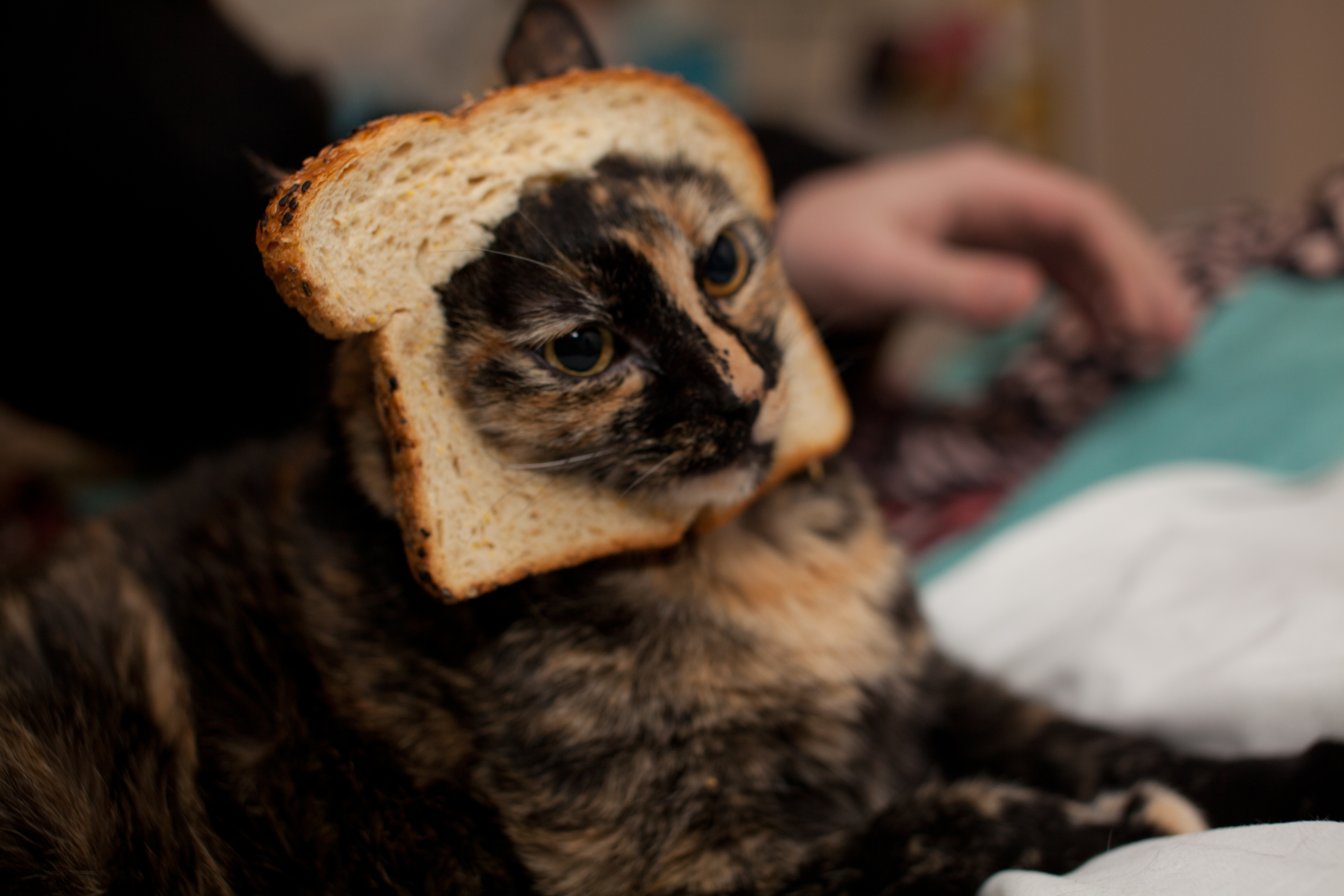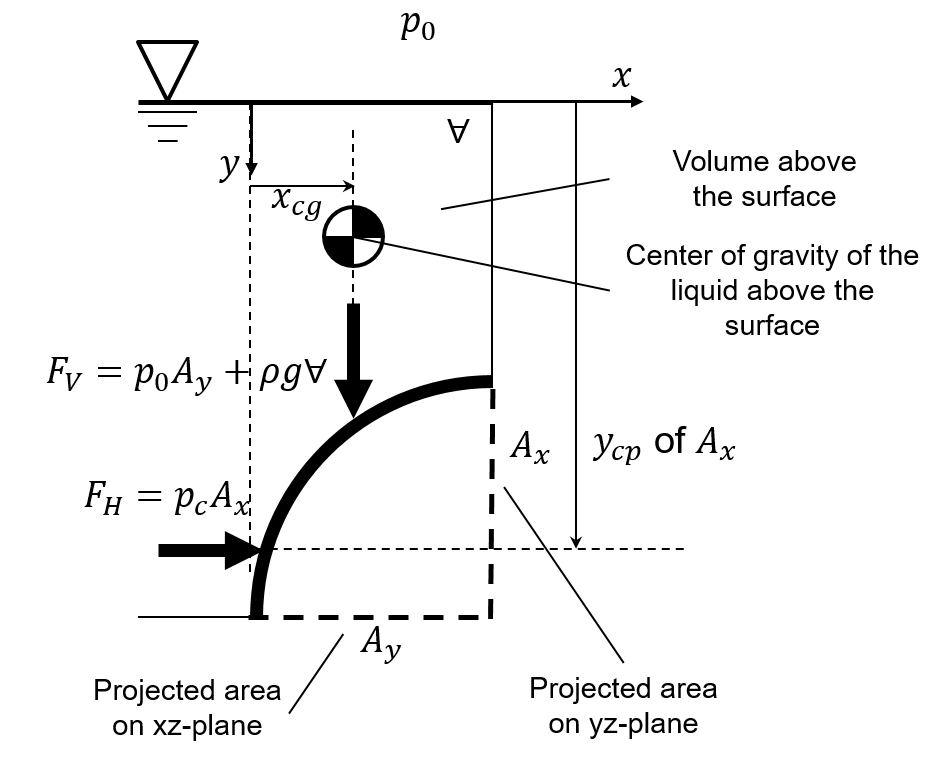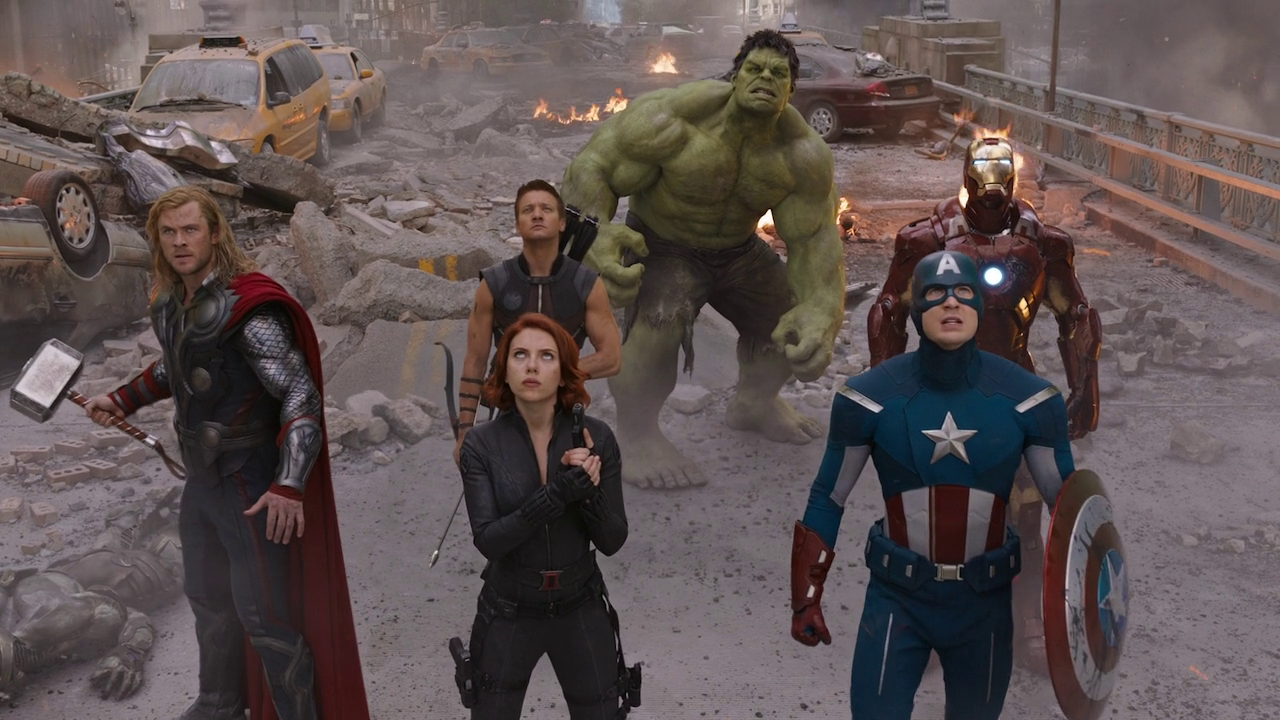
There’s a delightful cat conundrum that has puzzled thinkers for ages: could our feline friends actually hold the key to perpetual motion machines? Imagine a cat, walking regally with a piece of buttered toast fastened to its back; regardless of how high or low you throw it, the buttery side always finds the ground, while the cat performs its own gravity-defying act. This absurd scenario invites us to reflect on the famous ‘buttered cat theory,’ where the rules of the universe seem humorously twisted, creating a charming thought experiment at the crossroads of science, humor, and our adoration for cats. We find ourselves engaging in a playful debate: if we could somehow tap into the perpetual grace of a cat landing on its paws, could it lead us to invent a machine that runs forever? But let’s not rush to laughter; the realm of perpetual motion devices is a serious, albeit wonderfully strange, chapter in the annals of human invention. So let’s journey into the fascinating and utterly whimsical history of our attempts to defy physics with our furry companions in mind.

1. **The Buttered Cat Theory**: This playful theory suggests that if we tether a slice of buttered toast to a cat, the quirky combination of the two could generate an infinite cycle of energy. It draws from the classic cat trait of always landing on its feet, while the toast, eternally butter-side down, adds an amusing twist. What if this delightful duo is indeed the secret to perpetual motion? Unfortunately, while it’s a fun thought, the laws of thermodynamics remind us that we must keep dreaming, yet it’s joyful to imagine the possibilities!

2. **Feline Energy Sources**: In our quest to create a perpetual motion machine, we must consider the energy sources we encounter. Cats, with their endless curiosity and penchant for mischief, seem to hold an untapped reservoir of energy. Just imagine a world where cats could be harnessed as living batteries, constantly moving and generating energy. Of course, in reality, we know that their energy is limited—especially after a long nap, but we can dream, can’t we?

3. **The Pursuit of Perpetual Motion**: The history of perpetual motion is filled with strange and eccentric inventors who believed they could outsmart nature. From medieval times onward, countless individuals have sketched fantastical designs for machines that would create energy out of nothing. Enter the whimsical cat-themed ideas that might have accompanied those sketches, perhaps as a playful nod to the feline nature of creation. Each proposal, whether serious or ridiculous, reveals humanity’s unyielding desire to push the boundaries of possibility.

4. **Early Innovators**: Let’s take a trip back in time to meet some of the early innovators in the realm of perpetual motion machines. Thinkers like Bhaskara II conceived wheels that supposedly ran forever, possibly envisioning a cat circling endlessly around it, keeping a careful eye on whatever happens to stray within paw’s reach. The ingenuity and absurdity of these early ideas set the stage for a culture of inventors who would not be deterred by the laws of physics.

5. **The Great Redheffer Hoax**: Now let’s leap to the 19th century, where Charles Redheffer boldly claimed to have constructed a working perpetual motion machine. However, the truth was far less glamorous; the machine was nothing but a ruse, secretly operated by a hidden crank and an accomplice. Picture a cat lurking nearby, silently critiquing the deception, as humans once again showed that our lofty ambitions can often blind us to reality.

6. **Eccentric Designs**: Throughout history, the designs became increasingly whimsical and flamboyant. From wheels that defied gravity to self-operating contraptions, inventors let their imaginations run wild. One can picture cats curiously inspecting these bizarre devices, paws poised to intervene should anything break the delicate balance of the inventor’s dreams. The line between serious science and outright parody grew thin as the absurdity of perpetual motion machines morphed into folklore.

7. **The Scientific Rebuttal**: As we reflect on these wild inventions, the scientific community has long held that perpetual motion machines are impossible. The principles of thermodynamics dictate that energy cannot be created from nothing. Still, the notion of a cat-powered machine makes for entertaining speculation—if only our four-legged friends could somehow bend the laws of physics with a mere flick of their tails.

8. **Cats in Popular Culture**: Cats have long been portrayed as mystical beings, possessing an aura of powers beyond our understanding. This naturally leads to the amusing thought: if anyone could devise a perpetual motion machine, wouldn’t it be a cat? These furry enigmas serve as a reminder that, while we may never craft a genuine perpetual motion machine, the captivating essence of our feline friends inspires us to think big and embrace creativity. In the end, the whimsical notion of a cat-powered perpetual motion device not only tickles our curiosity but also beautifully intertwines humor, science, and the love we have for our cats. Let’s keep diving into this quirky history, where imagination flourishes and laughter remains the one constant!

9. **Bhaskara II’s Wheel**: One of the earliest recorded ideas for a perpetual motion machine came from Indian mathematician Bhaskara II. He devised a wheel that he claimed would run indefinitely, captivating imaginations across centuries. Just picture a cat playfully chasing after the wheel, adding its own brand of chaos to an already eccentric idea. Whether Bhaskara’s vision held any truth is still up for debate, but you can’t deny the charm of a feline-powered contraption!

10. **Villard de Honnecourt’s Sketchbook**: In the 13th century, master mason Villard de Honnecourt left behind sketches that included designs for perpetual motion machines, showcasing the inventive spirit of the time. His work serves as a testament to humanity’s eternal hope for defying gravity and logic. Imagine a cat, staring quizzically at the sketches, ready to pounce on the next great scientific breakthrough—or at least the nearest yarn ball!

11. **Leonardo da Vinci’s Curiosity**: The Renaissance genius Leonardo da Vinci dabbled in designs for perpetual motion machines, although he was generally skeptical of such devices. His sketches of overbalanced wheels ignited curiosity, and it’s amusing to envision a cat lounging on his desk, interrupting his brilliant thoughts by batting at his quill. Da Vinci’s curiosity, paired with a cat’s playful energy, could have sparked some truly wild inventions!

12. **The Hydrostatic Paradox**: Robert Boyle’s introduction of the hydrostatic paradox hinted at the exciting potential of perpetual motion through fluid dynamics. This concept captivated many, although reality turned out to be much more intricate. Picture a cat intently observing water flow, convinced that its paw could somehow harness that energy for endless fun—if only it had a miniature water wheel to amuse itself with!

13. **Orffyreus and His Claims**: Johann Bessler, famously known as Orffyreus, asserted that he had successfully built working perpetual motion machines in the 18th century, igniting both awe and skepticism. His inventions were a blend of fascination and deceit, much like a cat feigning innocence while secretly plotting its next playful act. Bessler’s contradictory stories only fueled the fantastical aura surrounding perpetual motion, reminiscent of a cat weaving through the intricate tapestry of reality.

14. **The 19th-Century Craze**: The 19th century saw a surge in interest for perpetual motion machines, with inventors like Charles Redheffer claiming to have created functioning devices. Unfortunately, these claims often amounted to nothing more than elaborate hoaxes. Picture a cat observing all the chaos, probably contemplating its next nap while humans tirelessly chase fantasies. The irony of those ambitious dreams often seemed to transcend the limits of physics.

15. **Tesla’s Vision**: Nikola Tesla, a pioneer of electrical engineering, hinted at an abstract principle for perpetual motion in the early 1900s. While he never produced a prototype, the sheer audacity of his ideas inspired countless inventors. One can only imagine a cat with its ears perked up, absorbing the wisdom of Tesla’s musings and dreaming of a world where cat energy powered the universe!
The exploration of the captivating history surrounding perpetual motion devices uncovers a fundamental truth about human nature: our deep-seated desire to defy the boundaries set by nature itself. This journey, filled with inventive engineering and whimsical feline antics, highlights that while a genuine perpetual motion machine might remain just out of reach, the humor and creativity embedded in our pursuits spark ongoing innovation. Ultimately, in both the worlds of cats and humanity, the spirit of possibility persists, inspiring us to dream and invent beyond the limits of reality.
Related posts:
History of perpetual motion machines
Perpetual Motion: The Holy Grail of Mechanical Engineering
Did curiosity kill the cat?


![[Gallery] The Dark Side of Cinema: 20 Movies Where the Villain Actually Wins](https://img1.doubanio.com/view/photo/l/public/p455485990.webp)

